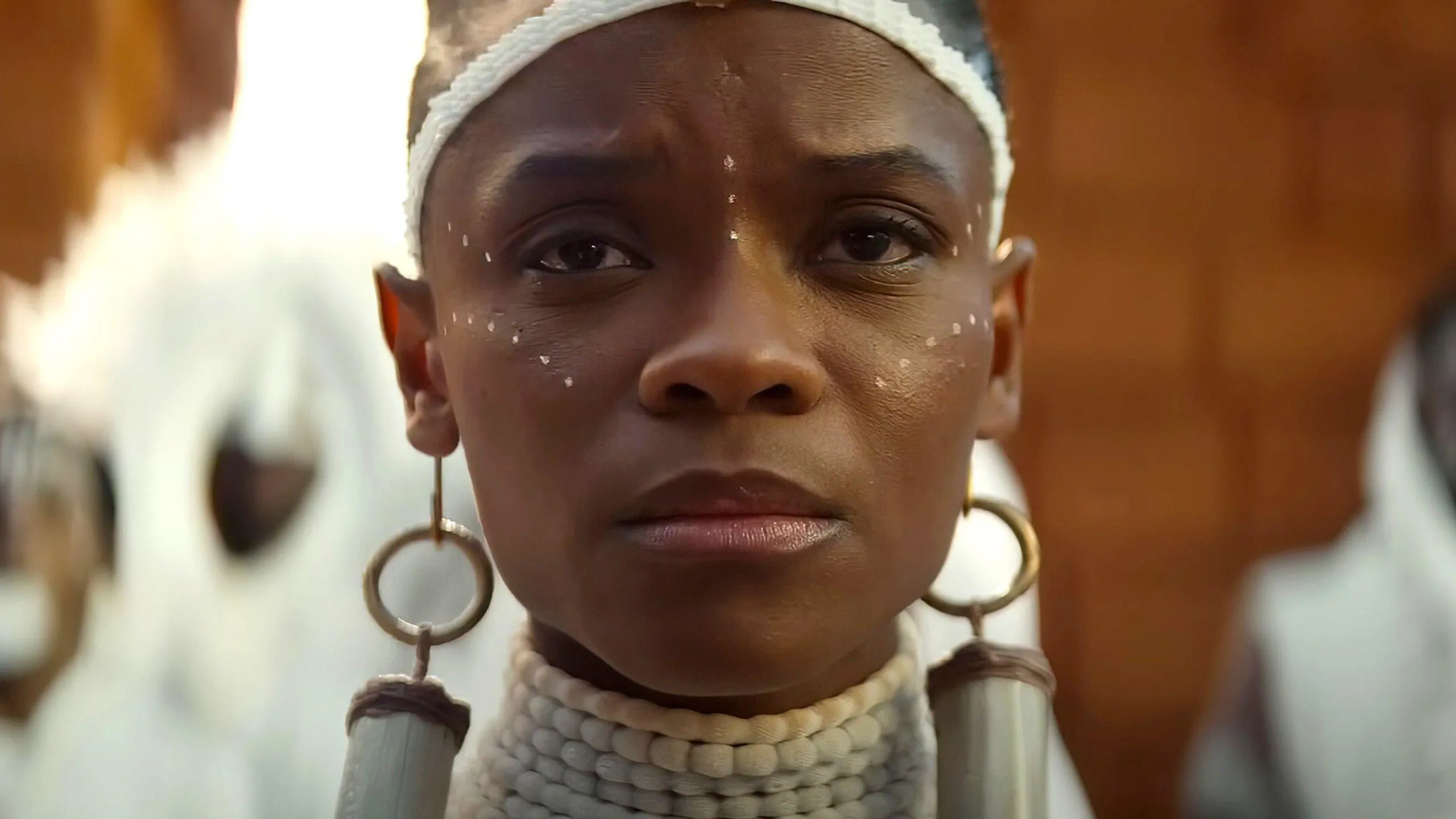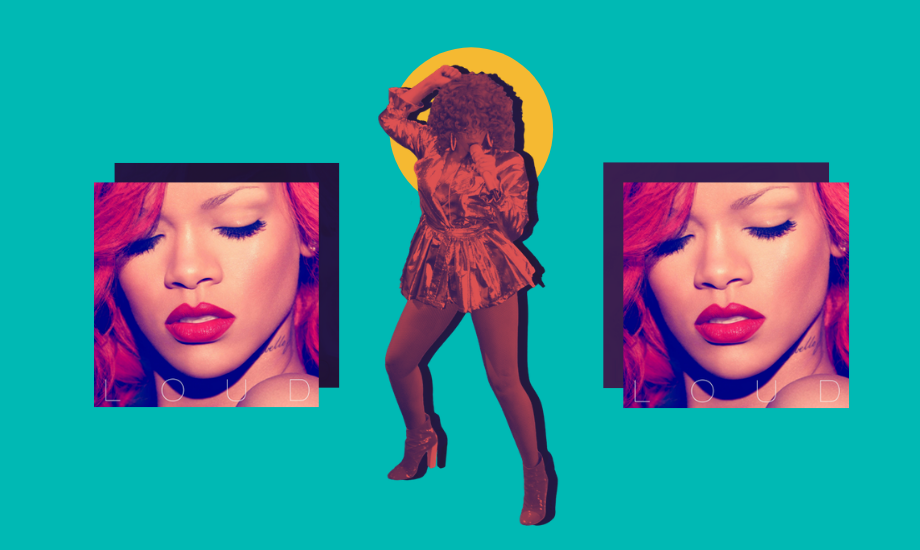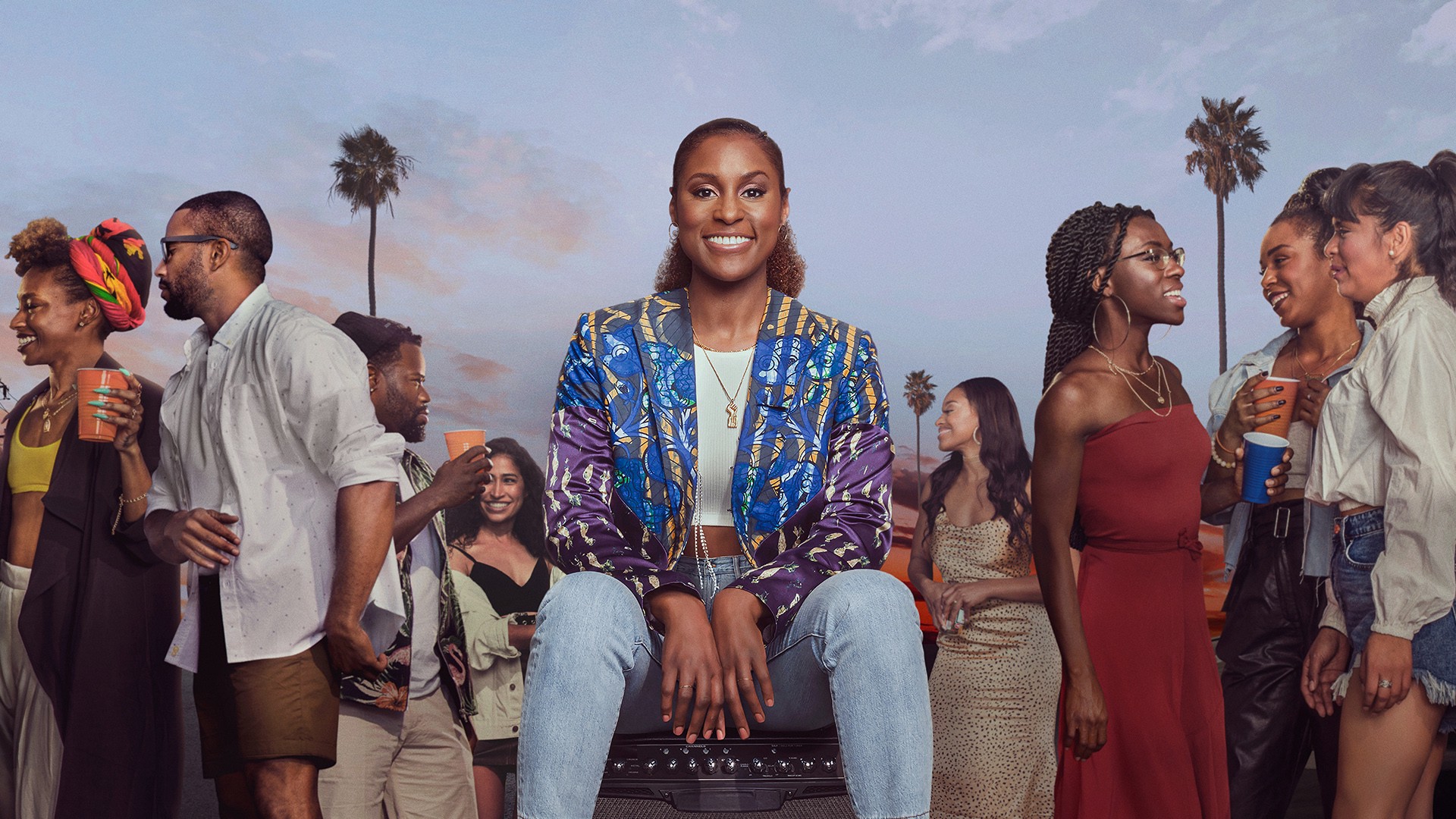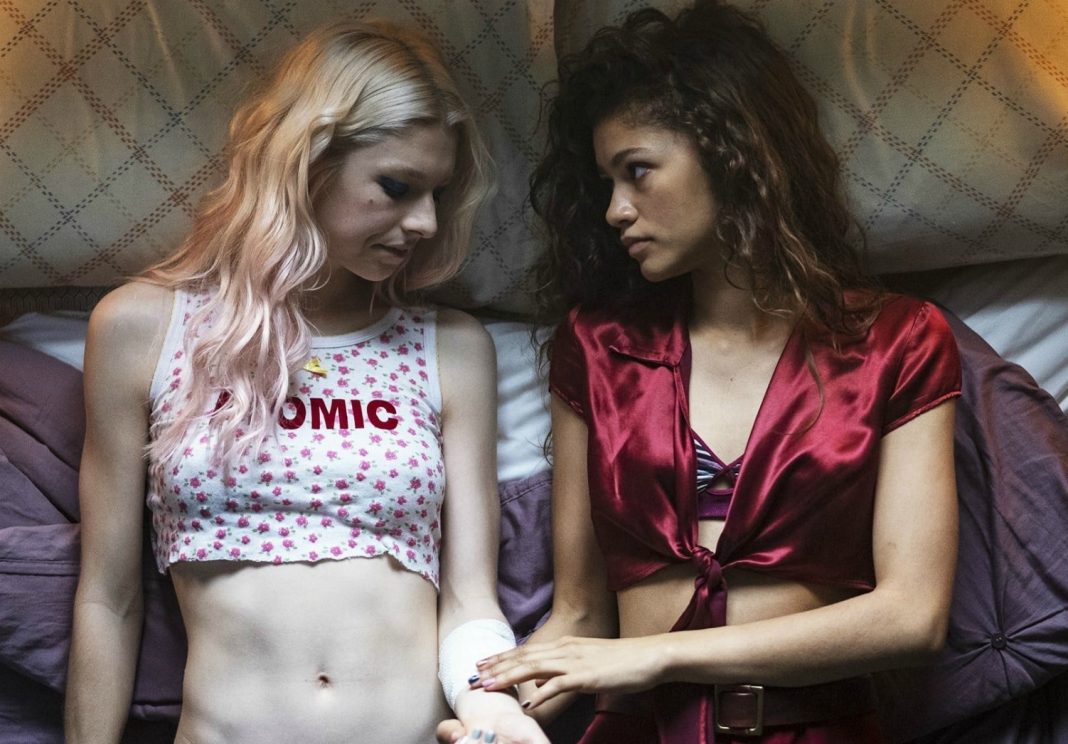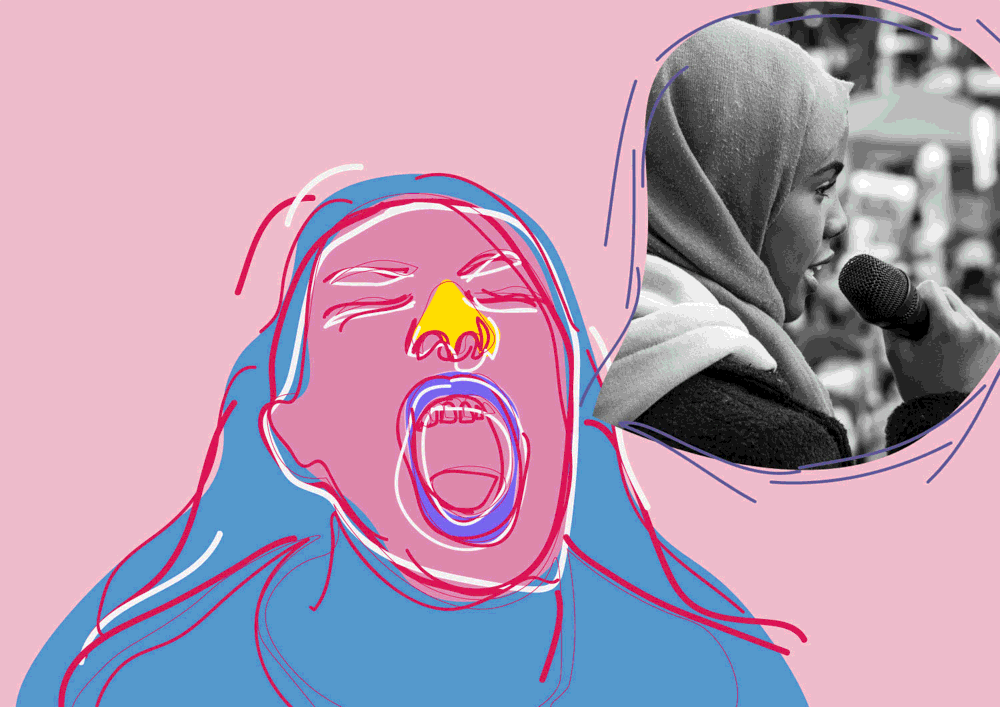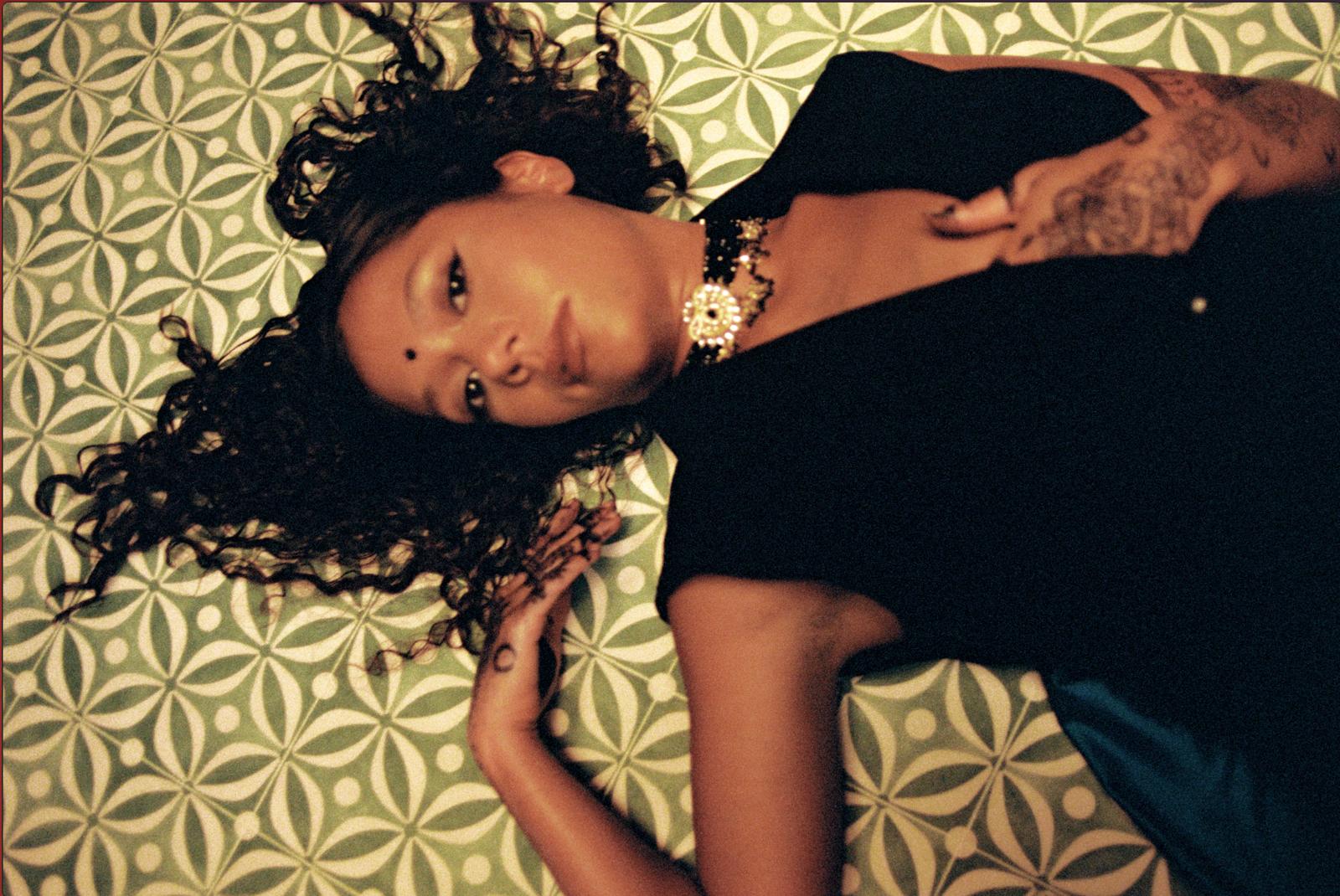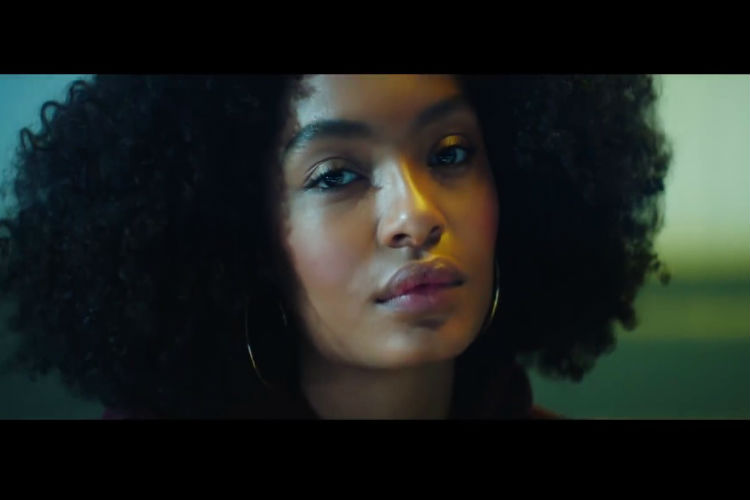
Aubrey Drake Graham is a man who just won’t quit. Behemoth rapper, strip club owner, sports pundit, and instagram bae, it’s hard to keep up with his various money moves. As a Master’s degree candidate in all things Champagne Papi, I’ve spent the last eight months analysing his material through a feminist lens in an attempt to consider his involvement in the advancement of gender norms. On Friday night, I was blessed by the hand of the 6God himself.
‘Nice For What’, in lyrical and visual form, is a gift of a case study. Building on the philanthropic (if cheesy) kindness of the ‘God’s Plan’ video, his latest dose of club-bait is a giddy celebration of womanhood in the digital age. Directed by the excellent Karena Evans and sampling Lauryn Hill’s ‘Ex Factor’, it features a host of celebrity cameos –Issa Rae, Yara Shahidi, Tracee Ellis Ross, Letitia Wright and many more. Wholesome and encouraging, it is a track that even the most ardent of hip-hop feminists can get behind.
In stark contrast to previous Drake videos, there is very little twerking, and very little by way of the male gaze. The women are pictured thriving and living their best lives without the need for a significant other; “Had a man last year/ Life goes on”. Drake himself features briefly with only short shots of himself wiling out in a warehouse, allowing the women to take centre stage.
In light of the #MeToo movement, perhaps we should have known that Drake would have something to say. His is a career based on the very notion of being “a good guy” – he’s happy to spill his emotions, has a highly self-deprecating sense of humour, and despite struggling to decide between “a good girl” and a “bad bitch” within the same lyrical narrative, he still greets us with an overwhelming feeling that he means well, even if he occasionally comes off as a massive beg.
In ‘Child’s Play’, Drake was seen paying off a young woman’s college debt, and late last year stopped a concert to call out a groper in the crowd. In working with visual artists like Karena Evans – just 22 years old but already the first woman to receive the prestigious Lipsett Prize for music video direction – he is utilising his stature to champion women succeeding in traditionally male spaces, and showing what they are capable of when given the right opportunities.
Slowly but surely, he appears to be trying to negotiate an identity that allows him to be both alpha male and equality ally, exploring the commercial gain that comes with both.
Of course, the cynic in me wonders if this new angle is just another trend for Drizzy to hop on – just as some would argue he has done with grime and dancehall culture, there is a concern that Drake’s hashtag-feminism is just another trendy jacket to wear during its most prominent reign. There is no denying that he is a marketing extraordinaire – the perfect millennial pink of ‘Hotline Bling’, the doe-eyed devotion to Rihanna, the constant reiteration of his affection for his mother – all methods designed to maintain this loveable persona.
Although a healthy level of skepticism can and should remain when approaching male-made hip-hop through a feminist lens, the long-term stan in me hopes for better for Drake. He has certainly had more than his fair share of misogynistic and ham-fisted moments, but there has always been a hint in his music that he is capable of more – the touching sentiments of ‘You and The 6’, and the well-meaning but reasonably misguided ‘Make Me Proud’, extolling the virtues of an independent woman.
Where Drake goes, many will follow – if ‘Nice For What’ is indicative of what is to come, then maybe his brand can become a force of positive change in an industry that so desperately needs it. He may not always get it right, but for now at least, he’s hitting all the right notes.

